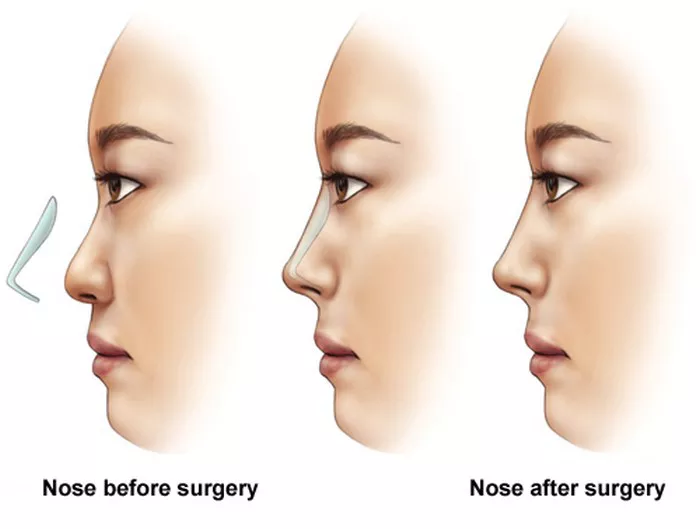Rhinoplasty is a surgical procedure that is used to reshape the nose for both aesthetic and functional reasons. One of the most common questions that patients have about rhinoplasty is how long the results will last. In this article, we will explore how many years rhinoplasty can last, including the factors that can affect the longevity of the results.
Overview of Rhinoplasty
Rhinoplasty is a surgical procedure that is used to reshape the nose. The procedure can be performed for both cosmetic and functional reasons, such as correcting a deviated septum or improving the appearance of the nose.
During the procedure, the surgeon will make incisions in the nose and reshape the underlying structures to achieve the desired results. The incisions are typically closed using sutures or surgical tape, and a splint or cast may be placed on the nose to help support the new shape and protect it during the healing process.
How Long Does Rhinoplasty Last?
The longevity of the results of rhinoplasty can vary depending on several factors, including the patient’s age, skin type, and the extent of the surgery. In general, however, the results of rhinoplasty can last for many years, if not a lifetime.
One study published in the Archives of Facial Plastic Surgery found that patients who underwent rhinoplasty had high levels of satisfaction with the results of the surgery, with 98% of patients reporting that they were happy with the appearance of their nose at one year after the surgery. The study also found that the results of rhinoplasty remained stable and consistent over time, with no significant changes in the appearance of the nose noted at two and five years after the surgery.
Factors that Can Affect the Longevity of Rhinoplasty Results
While the results of rhinoplasty can last for many years, there are several factors that can affect the longevity of the results. These may include:
Age: Younger patients may experience changes in the shape of their nose as they continue to grow and develop. As a result, rhinoplasty may not be recommended for patients who are still in their teenage years.
Skin type: Patients with thicker or oilier skin may experience more swelling and scarring after rhinoplasty, which can affect the longevity of the results.
Extent of the surgery: Patients who undergo more extensive rhinoplasty procedures, such as those that involve significant reshaping of the nose, may experience more changes in the appearance of their nose over time.
Trauma: Trauma to the nose, such as from a fall or injury, can affect the results of rhinoplasty and may require additional surgery to correct.
Maintaining the Results of Rhinoplasty
While the results of rhinoplasty can last for many years, there are steps that patients can take to help maintain the results of the surgery. These may include:
Avoiding trauma to the nose: Patients should take care to avoid any activities that could cause trauma to the nose, such as contact sports or rough play.
Protecting the nose from the sun: Exposure to the sun can cause damage to the skin and may affect the appearance of the nose. Patients should wear sunscreen and protective clothing to protect their nose from the sun.
Maintaining a healthy lifestyle: A healthy lifestyle, including a balanced diet and regular exercise, can help maintain the results of rhinoplasty.
Following post-operative instructions: Patients should follow their surgeon’s instructions for post-operative care, including taking any prescribed medications and attending follow-up appointments.
Conclusion
Rhinoplasty is a surgical procedure that is used to reshape the nose for both cosmetic and functional reasons. While the results of rhinoplasty can last for many years, there are several factors that can affect the longevity of the results. Patients who are considering rhinoplasty should consult with a qualified plastic surgeon to determine whether the procedure is right for them and to discuss the expected results and potential risks and complications. With proper care and maintenance, the results of rhinoplasty can last for many years, providing patients with a more aesthetically pleasing and functional nose.

